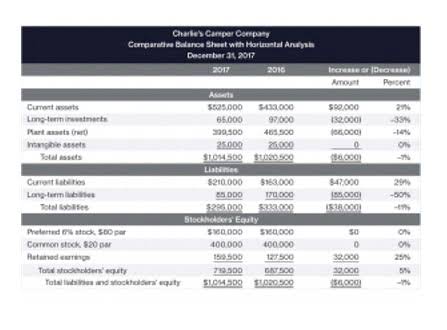
A stock dividend, a method used by companies to distribute wealth to shareholders, is a dividend payment made in the form of shares rather than cash. Stock dividends are primarily issued in lieu of cash dividends when the company is low on liquid cash on hand. The board of directors decides on when to declare a (stock) dividend and in what form the dividend will be paid.
To illustrate, assume that Duratech Corporation has60,000 shares of $0.50 par value common stock outstanding at theend of its second year of operations. If the stock dividend declared is more than 20%-25% of the existing common stock, it is considered a large stock dividend and its accounting treatment is more like a stock split. In this case, at the declaration date, retained earnings are debited by the product of par value per share, percentage of stock dividend and number of outstanding shares; and common stock dividends distributable is credited. At the time of issuance, the stock dividends distributable are debited and common stock is credited.
How confident are you in your long term financial plan?
It issues new shares in proportion to the existing holdings of shareholders. The total number of outstanding shares increases, leading to dilution. A stock dividend distributes shares so that after the distribution, all stockholders have the exact same percentage of ownership that they held prior to the dividend.
- Ultimately, any dividends declaredcause a decrease to Retained Earnings.
- She holds a 10 percent ownership interest (1,000/10,000) in a business that holds net assets of $5 million.
- According to the IRS, to qualify for the reduced rate, an investor has to have owned the stock for 60 consecutive days within the 121-day window centered on the ex-dividend date.
- The stockholder’s investment remains unchanged but, hopefully, the stock is now more attractive to investors at the lower price so that the level of active trading increases.
- A company’s board of directors has the power to formally vote to declare dividends.
The journal entry to record the stock dividend distribution requires a decrease (debit) to Common Stock Dividend Distributable to remove the distributable amount from that account, ? 1,500, and an increase (credit) to Common Stock for the same par value amount. A large stock dividend occurs when adistribution of stock to existing shareholders is greater than 25%of the total outstanding shares just before the distribution. Theaccounting for large stock dividends differs from that of smallstock dividends because a large dividend impacts the stock’s marketvalue per share. While there may be a subsequent change in themarket price of the stock after a small dividend, it is not asabrupt as that with a large dividend. Companies that do not want to issue cash or property dividendsbut still want to provide some benefit to shareholders may choosebetween small stock dividends, large stock dividends, and stocksplits.
Great! The Financial Professional Will Get Back To You Soon.
For instance, if the basis is $2.50 and you receive $4 as a return of capital, your new basis would be $0, and you would owe capital gain tax on $1.50. Historical prices stored on some public websites also adjust the past prices of the stock downward by the dividend amount. Another price that is usually adjusted downward is the purchase price for limit orders. Upgrading to a paid membership gives you access stock dividends are recorded at market value, while stock dividends are recorded at par value to our extensive collection of plug-and-play Templates designed to power your performance—as well as CFI’s full course catalog and accredited Certification Programs. For example, consider an investor with $1,000 looking to invest in Stock A or Stock B. Stock A is priced at $2,000 while Stock B is priced at $500. Stock A would be deemed “unaffordable” for the investor since he only has $1,000 to invest.

They are distributions of retained earnings, which is accumulated profit. With a stock dividend, stockholders receive additional shares of stock instead of cash. Stock dividends transfer value from Retained Earnings to the Common Stock and Paid-in Capital in Excess of Par – Common Stock accounts, which increases total paid-in capital. If the company prepares a balance sheet prior to distributingthe stock dividend, the Common Stock Dividend Distributable accountis reported in the equity section of the balance sheet beneath theCommon Stock account. Large stock dividends occur when the new shares issued are more than 25% of the value of the total shares outstanding before the dividend. In this case, the journal entry transfers the par value of the issued shares from retained earnings to paid-in capital.